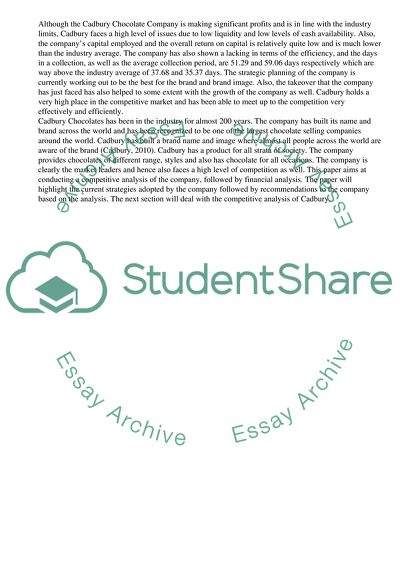Cite this document
(Cadbury Chocolate - Company Analysis Research Proposal, n.d.)
Cadbury Chocolate - Company Analysis Research Proposal. Retrieved from https://studentshare.org/business/1738556-finance-in-context
Cadbury Chocolate - Company Analysis Research Proposal. Retrieved from https://studentshare.org/business/1738556-finance-in-context
(Cadbury Chocolate - Company Analysis Research Proposal)
Cadbury Chocolate - Company Analysis Research Proposal. https://studentshare.org/business/1738556-finance-in-context.
Cadbury Chocolate - Company Analysis Research Proposal. https://studentshare.org/business/1738556-finance-in-context.
“Cadbury Chocolate - Company Analysis Research Proposal”, n.d. https://studentshare.org/business/1738556-finance-in-context.


